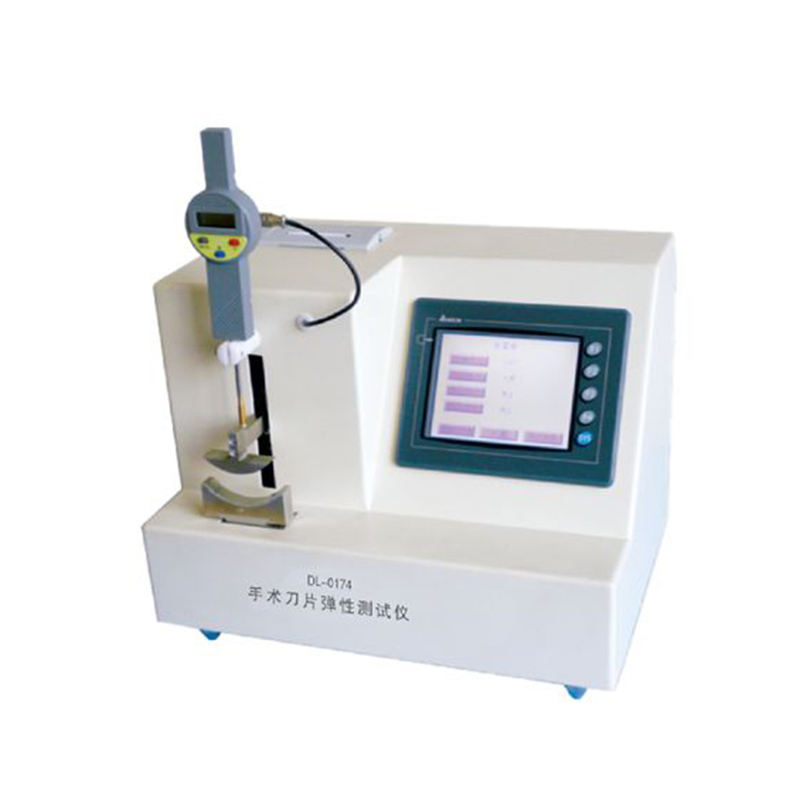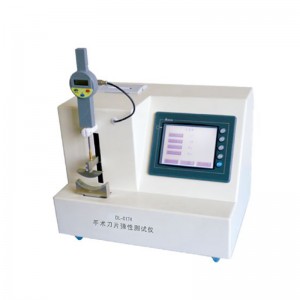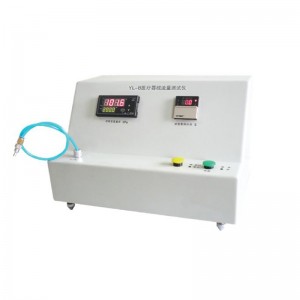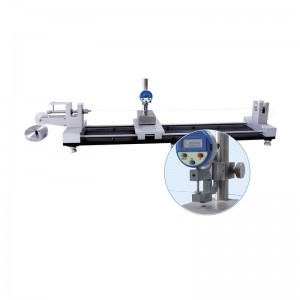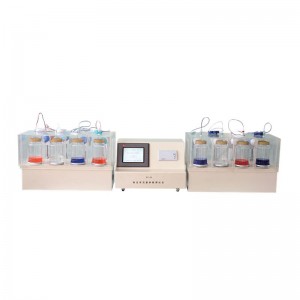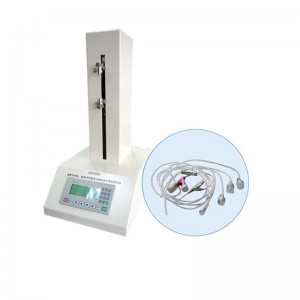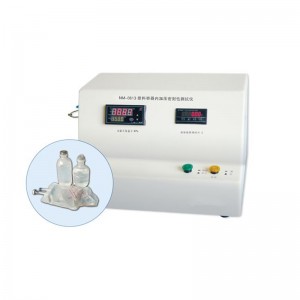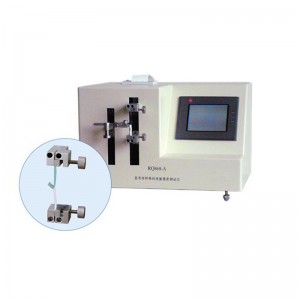DL-0174 Surgical Blade Elasticity Tester
A surgical blade elasticity tester, also known as a blade flex or bend tester, is a device used to assess the flexibility or rigidity of surgical blades. It is an important tool in the medical field as the flexibility of a surgical blade can affect its performance during surgical procedures.Some features and capabilities of a surgical blade elasticity tester may include:Flexibility Measurement: The tester is designed to measure the degree of flexibility or rigidity of a surgical blade. This can be done by applying a controlled force or pressure to the blade and measuring its deflection or bending.Standardized Testing: The tester may come with standardized test methods or protocols for evaluating blade flexibility. These methods help ensure consistent and comparable results when testing different blades.Force Application: The tester often includes a mechanism for applying a specific force or pressure to the blade. This force can be adjusted to simulate various scenarios or conditions encountered during surgical procedures.Measurement Accuracy: The tester incorporates sensors or gauges to measure the deflection or bending of the blade accurately. This allows for precise quantification of the blade's flexibility.Data Analysis and Reporting: Many blade elasticity testers include software for data analysis and reporting. This software helps interpret the measurement results and generate comprehensive reports for documentation purposes.Calibration Capabilities: To maintain accuracy, the tester should be calibrated regularly using traceable standards or reference materials. This ensures that the measurements obtained are reliable and consistent.Assessing the elasticity of surgical blades is important as it can impact their performance, such as their ability to navigate through delicate tissue or maintain stability during incisions. Blades with appropriate flexibility or rigidity can enhance surgical precision and reduce the risk of complications during procedures.A surgical blade elasticity tester provides valuable information to medical professionals, helping them select the most suitable blades for specific surgical applications. It also aids in quality control, as blades can be tested periodically to ensure that they meet the required standards.

